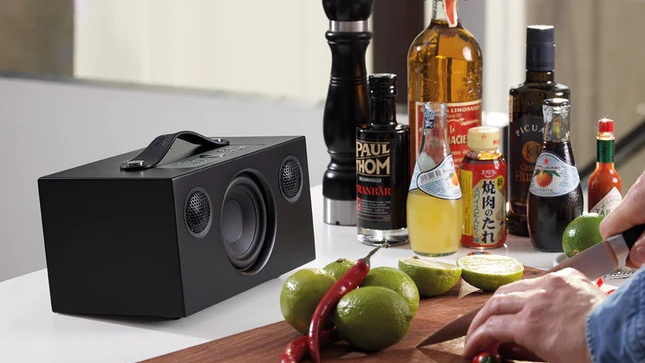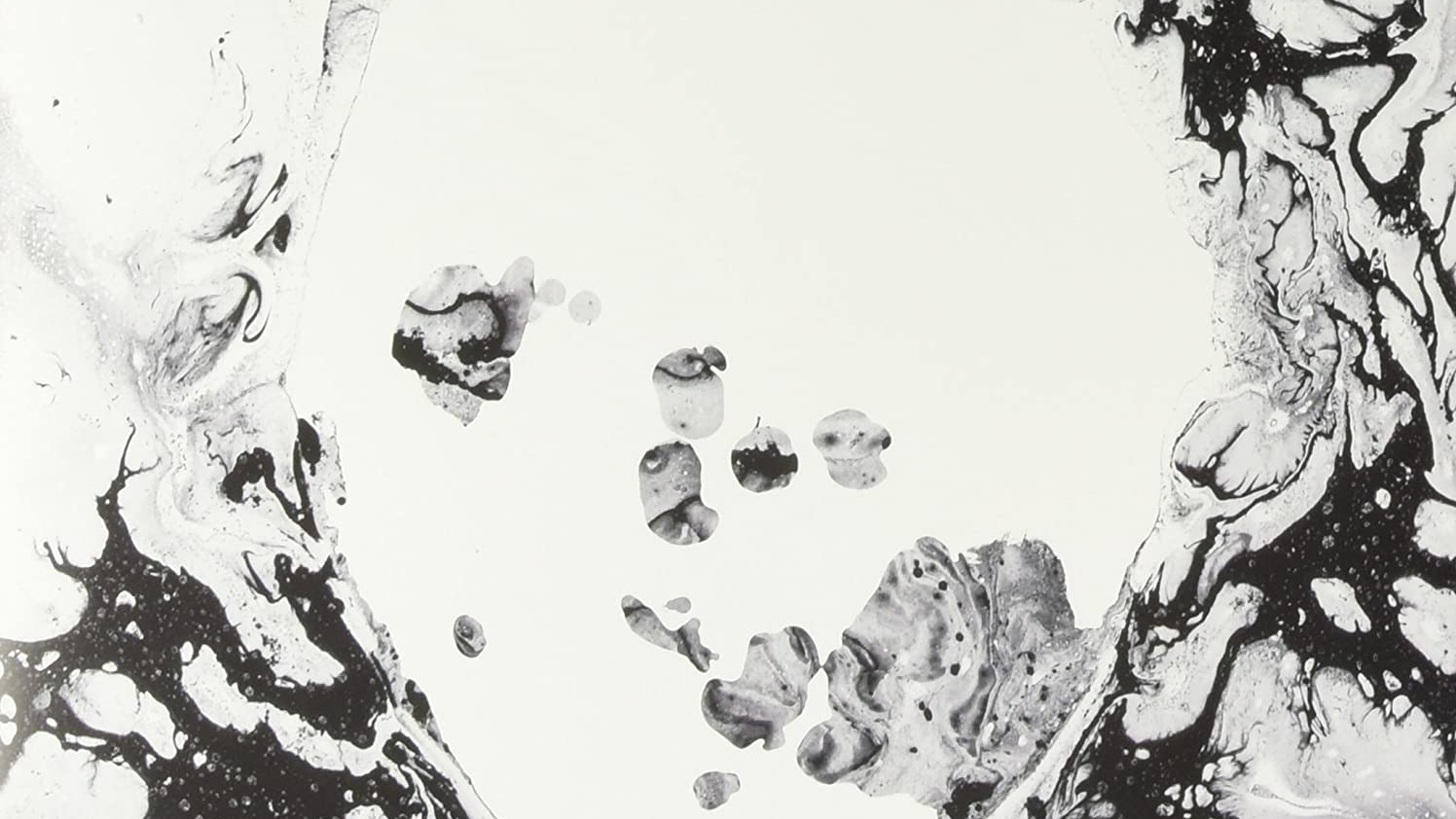
One of the hallmarks of the lockdown was a gradual realisation that some things – like restaurant takeaways, working from home, washing our hands – might be new ways of doing things that would stick with us beyond the confines of COVID-19. This has always been the way of the world: the discovery of something better is often such a one-way trip, part of the evolution of our individual lives towards greater efficiency or greater enjoyment. But the crisis shoved a whole tray of new things before us, with changes we’d never have made – or have been allowed to make – without such an enormous push from government and plain old necessity.
More often such changes are the product of growing up and becoming marginally more affluent. Drinking habits, for example. (Stick with me here.) As a backpacker I drank remarkably few beers when travelling, because up Paharganj in New Delhi a beer would set you back about the same number of rupees as a dorm bed, and I chose to extend my trip by many months rather than chug back a six-pack of Bangalore Kingfisher of an evening. Not that I went tee-total all those travelling years. Instead I would seek out the cheapest possible alcohol – so in Delhi I would queue outside a government grog shop to get an amazingly cheap bottle of something labelled as vodka, though distilled by a company worryingly called Polychem*, then I’d fill an old water bottle with fresh pineapple juice from the bazaar, and that would see me nicely through a few days while remaining tight to my budget of $30-40 a week.
Students will recognise this attitude of efficient income use, drinking their wine boxes or dirt-cheap bottles of cleanskin until they reach the age where they have to buy bottles five times the price to take to dinner parties, and then eventually realising that wine in cheap boxes gives you headaches and actually tastes like meths, so that forevermore they’re stuck spending even more to get a bottle of red that doesn’t offend their own palates, let alone those of their new friends who seem to have been long quaffing Orlando’s St Hugo from daddy’s nice cellar.
Is hi-fi like this? Well yes, a bit, in terms of the upgrade path. It didn’t happen for me, fortunate enough to have been raised from birth in a lounge with a pair of BBC-loaned Spendor speakers and having, even before becoming a teenager, two Garrard turntables with DJ-backspinnable styluses and a sizeable pair of Wharfedale kit speakers in the bedroom. But if you’re currently living with a Bluetooth speaker in your lounge and thinking how remarkable it can sound, well, I’m afraid you’re actually currently on the audio equivalent of Polychem vodka. The good news: the road ahead is an exciting one.
*I swear this was the case back in 1991, though today Polychem googles as a manufacturer of “superior quality adhesives”. Which may explain the taste of that vodka.
Go stereo
When you can take it, the first step is to get out of mono and into stereo. Stereo was first revealed to the public in 1881 (and was, according to legend, first demonstrated in Australia, where I live, by a goatee-bearded Alex Encel back in 1958). But it seems to be slipping away from us in the mass audio market today, with more and more wireless speakers being either mono or at best extremely localised stereo in a small single box. They can sound very agreeable, as our curation of the best Bluetooth speakers attests to, but then so did a radiogram in 1950. Few of them achieve proper high fidelity – how could they? Fidelity demands being true to the source, whether that is the live performance (old-school high fidelity) or true to the studio in which they were recorded (more realistic modern high fidelity). And while every good recording studio will have some lousy speakers through which to play a mix to check if it will sound OK for people with lousy speakers, even in mono, in nearly all cases we can safely say that ain’t – as the expression goes – “what the artist intended”.
So go stereo, whether that is, at the very least, by doubling up on your Bluetooth speakers in order to present yourself with independent, suitably distanced left and right channels, or, to commit to the cause more earnestly, by upgrading to either a two-box stereo speaker system (like the KEF LSX LT), a microsystem package (such as the Denon D-M41DAB), or a pair of speakers connected to a networked streaming amplifier. Better still, go separates, whereby your source, amplification and speakers are each covered by individual components. After all, that is ultimately the endgame; the way to go for outright performance and future upgradeability.
The latest hi-fi, home cinema and tech news, reviews, buying advice and deals, direct to your inbox.
If you decide to go multichannel by way of a speaker package, mind you, make sure you’re still maintaining a musical stereo performance at the heart of it, unless you’re an all-movies no-music enthusiast (which is fine, we’re here for you too).
I promise, once you’ve lived with 'real' hi-fi, it’s like red wine, or dorm beds,
or working from home. There’s just no going back.
MORE:
How to build the perfect hi-fi system
I love my award-winning Technics system – but I miss the magic of hi-fi separates

Jez is the Editor of Sound+Image magazine, having inhabited that role since 2006, more or less a lustrum after departing his UK homeland to adopt an additional nationality under the more favourable climes and skies of Australia. Prior to his desertion he was Editor of the UK's Stuff magazine, and before that Editor of What Hi-Fi? magazine, and before that of the erstwhile Audiophile magazine and of Electronics Today International. He makes music as well as enjoying it, is alarmingly wedded to the notion that Led Zeppelin remains the highest point of rock'n'roll yet attained, though remains willing to assess modern pretenders. He lives in a modest shack on Sydney's Northern Beaches with his Canadian wife Deanna, a rescue greyhound called Jewels, and an assortment of changing wildlife under care. If you're seeking his articles by clicking this profile, you'll see far more of them by switching to the Australian version of WHF.
